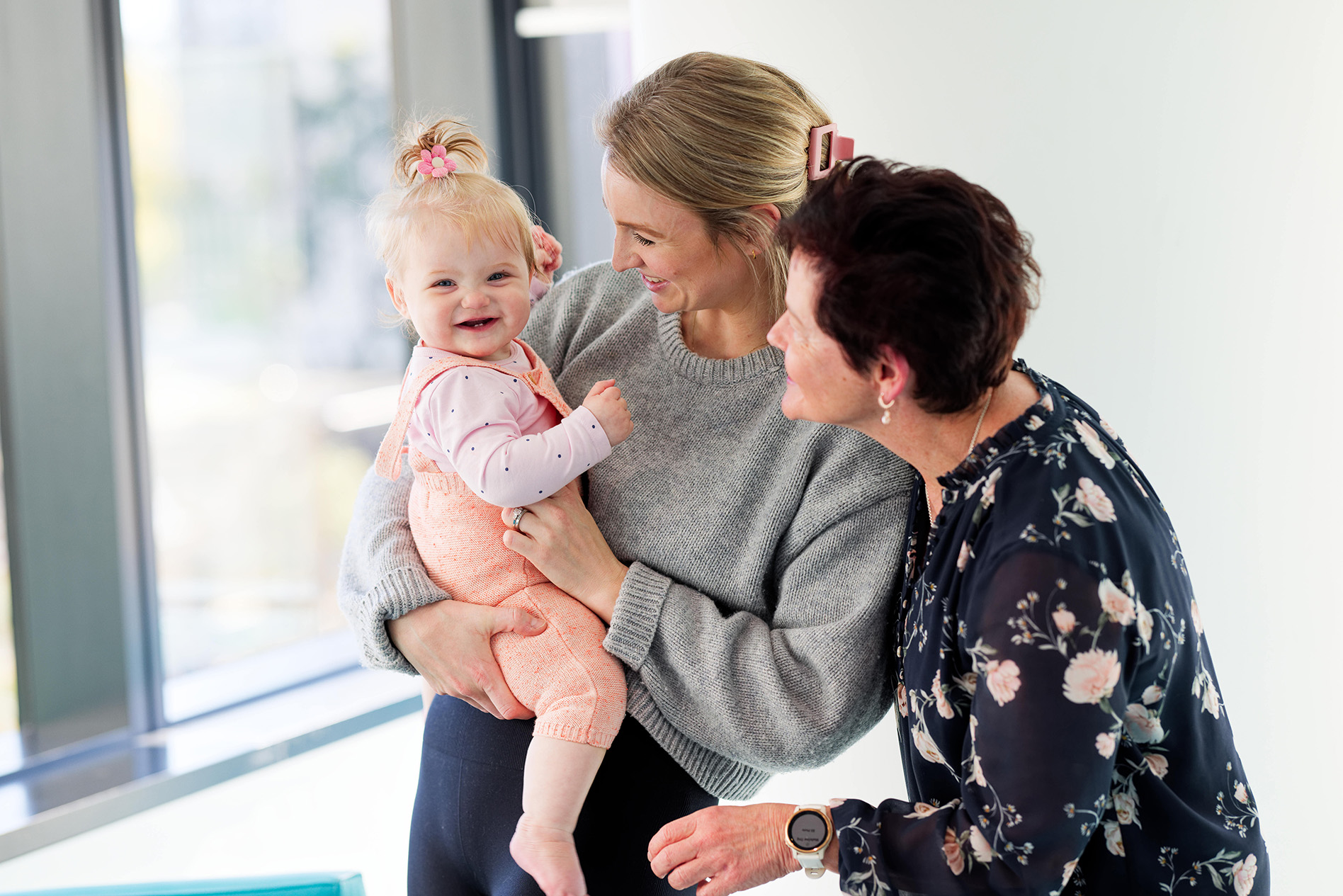Search
Showing results for "aboriginal respiratory"
Research
Dornase alfa as an adjunct therapy to treat chronic ear infectionsChris Glenn Lea-Ann Peter Ruth Brennan-Jones Pearson Kirkham Richmond Thornton PhD BA (Education) PhD Candidate PhD MBBS MRCP(UK) FRACP PhD Head, Ear
Research
Influenza vaccination in Western Australian children: Exploring the health benefits and cost savings of increased vaccine coverage in childrenTo assess potential benefits and direct healthcare cost savings with expansion of an existing childhood influenza immunisation program, we developed a dynamic transmission model for the state of Western Australia, evaluating increasing coverage in children < 5 years and routinely immunising school-aged children.

Research
Respiratory Syncytial Virus (RSV)RSV hospitalises millions of babies worldwide every year: our research is helping to change that.

News & Events
Perron grants help give researchers wingsValuable support from the Stan Perron Charitable Foundation will enable The Kids Research Institute Australia researchers to commence projects on topics ranging from disability, mental health and lung disease to diabetes, Aboriginal leadership, and the development of child-focused pandemic policies.

News & Events
Government grants to support valuable new child health researchEight The Kids Research Institute Australia-led projects will benefit from the latest round of WA Child Research Fund (WACRF) grants, announced this week by Medical Research Minister Stephen Dawson.
Research
Population-based estimates of the effectiveness of pneumococcal vaccination in AustraliaAustralia’s Childhood Immunisation Register (ACIR) is one of only a handful of national immunisation registers world-wide.
Research
Spatiotemporal patterns of influenza in Western AustraliaUnderstanding the geospatial distribution of influenza infection and the risk factors associated with infection clustering can inform targeted preventive interventions. We conducted a geospatial analysis to investigate the spatial patterns and identify drivers of medically attended influenza infection across all age groups in Western Australia.
Research
Ascertaining infectious disease burden through primary care clinic attendance among young Aboriginal children living in four remote communities in Western AustraliaImproved public health measures targeting bacterial skin infections are needed to reduce this high burden of skin infections in Western Australia
News & Events
National Grants for Innovative Child Health ResearchPerth's Telethon Institute for Child Health Research has been awarded more than 3 million dollars from the National Health and Medical Research Council (NHMRC)
Research
Influenza vaccine effectiveness against laboratory-confirmed influenza in healthy children aged 6-59 months:The Western Australian Influenza Vaccine Effectiveness study commenced in 2008 to evaluate a new program to provide free influenza vaccine to all children...
